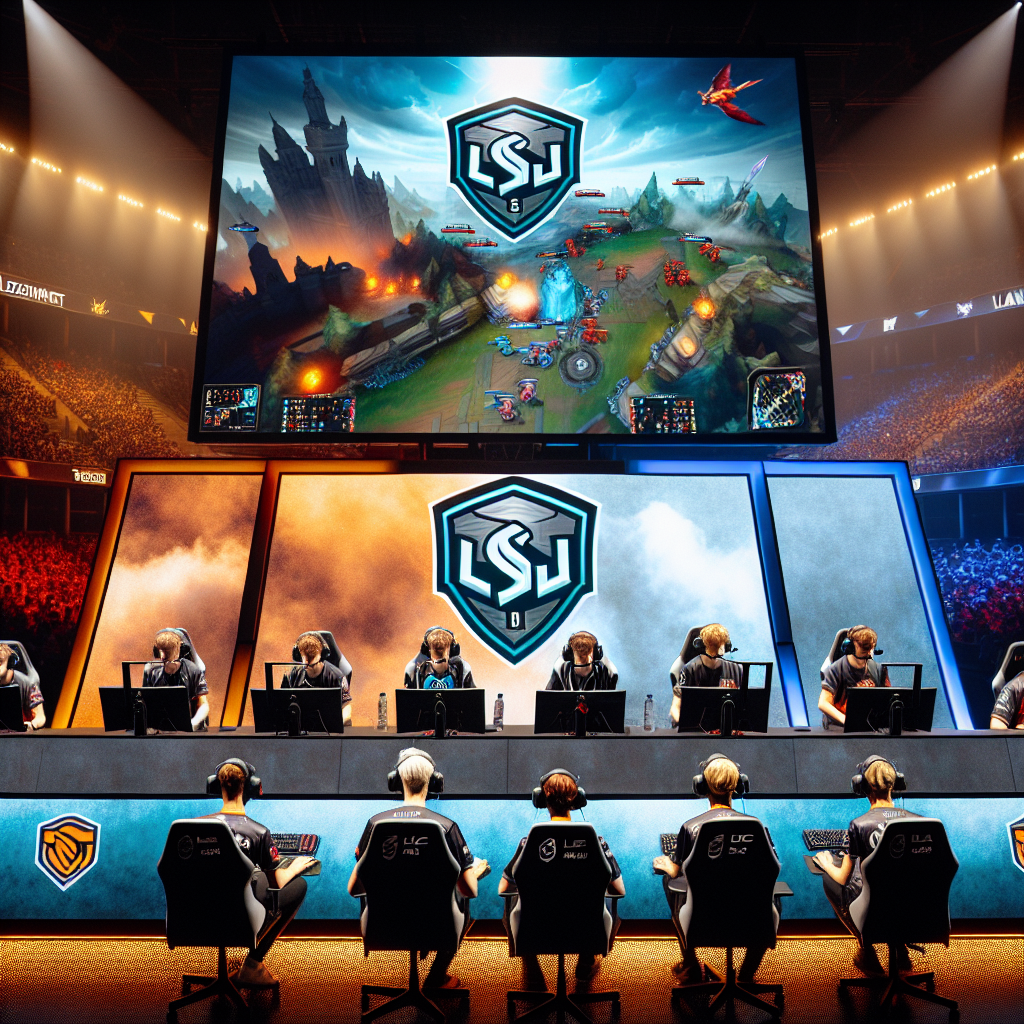LSJ vs DC: A Comprehensive Analysis

In the world of journalism and media, two prominent styles often come into play: the London School of Journalism (LSJ) style and the Digital Content (DC) style. Both have their unique characteristics, advantages, and challenges. This article delves into the intricacies of LSJ and DC, comparing their methodologies, applications, and impacts on modern journalism. By the end of this article, readers will have a clearer understanding of these styles and their relevance in today’s media landscape.
Understanding LSJ: The Traditional Approach
The London School of Journalism is renowned for its traditional approach to journalism. Established in 1920, LSJ has been a cornerstone in the education of journalists worldwide. Its style emphasizes rigorous research, in-depth analysis, and a commitment to factual reporting.
Key Characteristics of LSJ
- In-depth Research: LSJ prioritizes thorough research, ensuring that every piece of information is verified and credible.
- Analytical Writing: Articles are often analytical, providing readers with a comprehensive understanding of the topic.
- Fact-Checking: A strong emphasis is placed on fact-checking to maintain the integrity of the information presented.
- Formal Tone: The writing style is formal, often adhering to strict grammatical rules and structures.
Applications of LSJ
LSJ is predominantly used in traditional media outlets such as newspapers, magazines, and academic journals. Its focus on accuracy and depth makes it ideal for investigative journalism, feature writing, and opinion pieces.
Case Study: The Watergate Scandal
One of the most famous examples of LSJ-style journalism is the coverage of the Watergate scandal by The Washington Post. Journalists Bob Woodward and Carl Bernstein employed meticulous research and fact-checking to uncover the truth behind the political scandal, ultimately leading to the resignation of President Richard Nixon. This case exemplifies the power of LSJ in holding those in power accountable through detailed and accurate reporting.
Exploring DC: The Modern Approach
Digital Content (DC) represents the modern evolution of journalism, driven by the rise of the internet and digital platforms. DC is characterized by its adaptability, speed, and engagement with a global audience.
Key Characteristics of DC
- Speed and Timeliness: DC prioritizes quick dissemination of information to keep up with the fast-paced digital world.
- Engagement and Interactivity: Content is often interactive, encouraging reader engagement through comments, shares, and likes.
- Multimedia Integration: DC frequently incorporates multimedia elements such as videos, infographics, and podcasts to enhance storytelling.
- Conversational Tone: The writing style is often more conversational and accessible, appealing to a broader audience.
Applications of DC
DC is widely used across digital platforms, including news websites, blogs, social media, and video-sharing sites. Its flexibility and reach make it suitable for breaking news, viral content, and lifestyle pieces.
Case Study: The Arab Spring
The Arab Spring is a prime example of DC’s impact on global events. Social media platforms like Twitter and Facebook played a crucial role in disseminating information and organizing protests. The rapid spread of digital content allowed for real-time updates and global awareness, highlighting the power of DC in shaping public discourse and mobilizing social movements.
Comparing LSJ and DC
While both LSJ and DC have their strengths, they also face unique challenges. Understanding these differences is crucial for media professionals and consumers alike.
Strengths of LSJ
- Credibility: LSJ’s emphasis on accuracy and fact-checking ensures high credibility.
- Depth: In-depth analysis provides readers with a comprehensive understanding of complex issues.
- Accountability: LSJ holds power to account through rigorous investigative journalism.
Challenges of LSJ
- Time-Consuming: The thorough research process can be time-consuming, delaying publication.
- Limited Reach: Traditional media may struggle to reach younger, digital-savvy audiences.
Strengths of DC
- Speed: DC’s rapid dissemination of information keeps audiences informed in real-time.
- Engagement: Interactive content fosters reader engagement and participation.
- Global Reach: Digital platforms enable content to reach a global audience instantly.
Challenges of DC
- Credibility Concerns: The fast-paced nature of DC can lead to misinformation and lack of fact-checking.
- Information Overload: The sheer volume of digital content can overwhelm audiences.
The Future of Journalism: A Hybrid Approach?
As the media landscape continues to evolve, there is a growing recognition of the need for a hybrid approach that combines the strengths of both LSJ and DC. This approach seeks to balance the credibility and depth of traditional journalism with the speed and engagement of digital content.
Examples of Hybrid Journalism
- Long-Form Digital Articles: Platforms like Medium and The Atlantic offer in-depth articles that combine thorough research with digital accessibility.
- Interactive Investigations: News organizations like The New York Times and The Guardian use multimedia elements to enhance investigative pieces.
- Social Media Fact-Checking: Initiatives like Snopes and FactCheck.org provide real-time fact-checking on social media platforms.
Conclusion
In conclusion, both LSJ and DC have their unique roles in the world of journalism. LSJ’s commitment to accuracy and depth remains invaluable, while DC’s speed and engagement are essential in the digital age. By understanding and leveraging the strengths of both styles, media professionals can create content that is both credible and accessible. As the industry continues to evolve, a hybrid approach that combines the best of both worlds may well be the future of journalism, ensuring that audiences receive accurate, engaging, and timely information.
